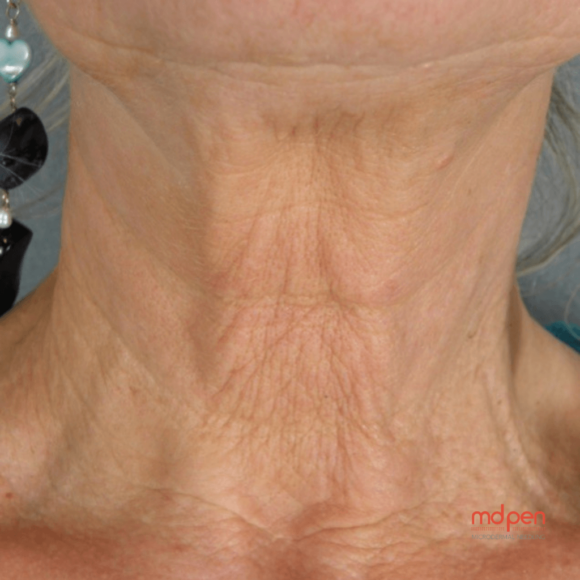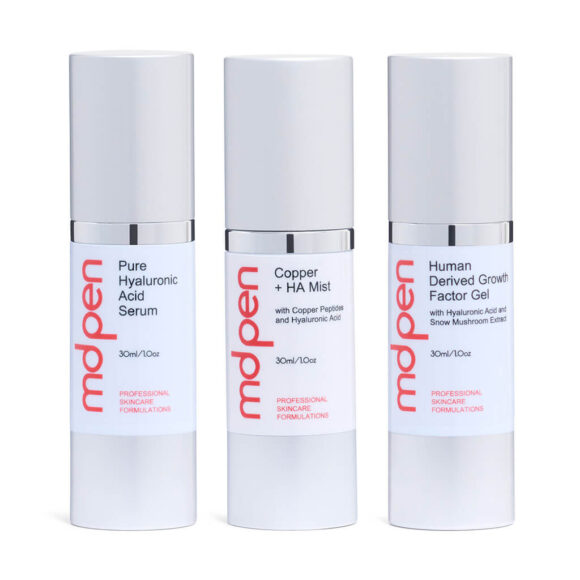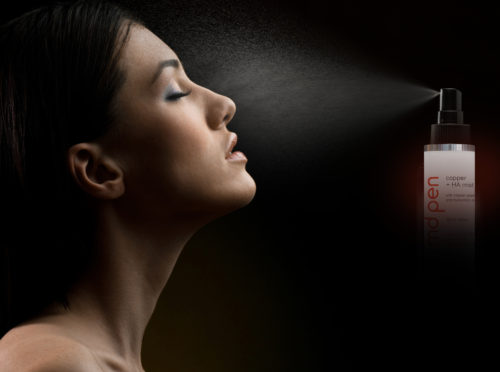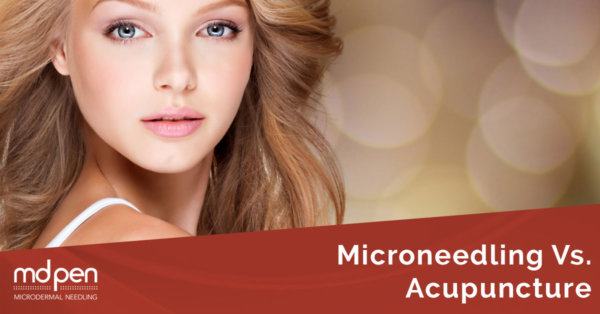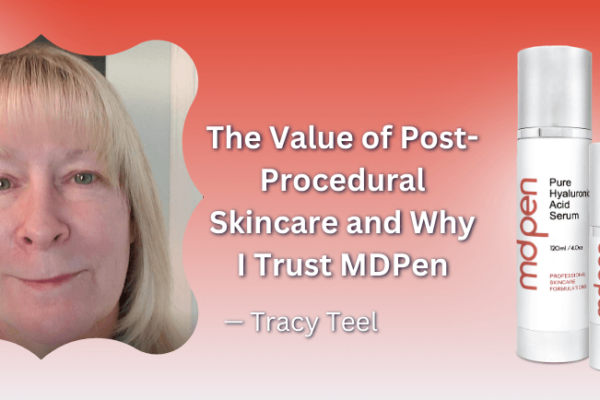Unlocking the Power of RF Micro-Needling: Understanding the Stages of Wound Healing and the Role of Skin Care in Achieving Perfect Results

Unlocking the Power of RF Micro-Needling:
Understanding the Stages of Wound Healing and the Role of Skin Care in Achieving Perfect Results
As we age, our skin undergoes several changes, including loss of elasticity, appearance of wrinkles, and uneven skin tone. These changes are often caused by environmental factors, such as sun exposure, pollution, and stress. To combat these effects, many people turn to cosmetic treatments to rejuvenate their skin.
One such treatment is radio frequency micro-needling. This highly effective treatment stimulates the production of collagen and elastin in the skin, which helps to reduce the appearance of wrinkles, fine lines, and uneven skin tone.
Stages of Wound Healing Post-Radio Frequency Micro-Needling
Radio frequency micro-needling is a non-surgical procedure that uses tiny needles to create microchannels in the skin. These microchannels stimulate the production of collagen and elastin, which helps to improve skin texture and reduce the appearance of wrinkles and fine lines. However, the procedure can cause some trauma to the skin, which triggers the wound healing process.
The wound healing process has four stages: hemostasis, inflammation, proliferation, and remodeling.
Hemostasis: This is the first stage of wound healing, and it occurs immediately after the procedure. The body responds to the trauma by constricting blood vessels to stop bleeding. This stage can last anywhere from a few minutes to several hours, depending on the severity of the procedure.
Inflammation: The second stage of wound healing is inflammation, which usually lasts from a few hours to several days. During this stage, the body sends white blood cells to the area to remove any foreign substances and begin the repair process.
Proliferation: This stage can last from a few days to several weeks. During this stage, new blood vessels and skin cells begin to form, and the wound starts to close.
Remodeling: The final stage of wound healing is remodeling, which can last from several weeks to several months. During this stage, collagen fibers in the skin begin to realign, making the skin stronger and more elastic.
Why it is Necessary to Hydrate, Nourish, and Protect the Skin Post-Treatment
After radio frequency micro-needling, the skin is in a fragile state, and it is crucial to take care of it properly to avoid any adverse effects. The following are some reasons why it is necessary to hydrate, nourish, and protect the skin post-treatment:
Hydration: The skin needs to be hydrated to heal properly. Dehydration can cause the skin to become dry and flaky, which can lead to scarring and other adverse effects. Drinking plenty of water and using a hydrating serum can help to keep the skin moisturized and hydrated.
Nourishment: The skin needs to be nourished with essential vitamins and nutrients to heal properly. Antioxidants, such as vitamin C, can help to protect the skin from environmental damage and promote collagen production.
Protection: After radio frequency micro-needling, the skin is more susceptible to damage from the sun and other environmental factors. It is essential to use a broad-spectrum sunscreen with an SPF of at least 30 and avoid prolonged sun exposure. Covering the treated area with a hat or scarf can also provide additional protection.
MDPen Skincare Post-Radio Frequency Microneedling
MDPen skincare is a brand that offers a range of skincare products specifically designed for post-microneedling care. Microneedling with radiofrequency (RF) is a cosmetic procedure that combines microneedling with the application of radiofrequency energy to promote collagen production and skin rejuvenation.
After microneedling with RF, the skin undergoes a healing process, and proper skincare is crucial to support and optimize the results. MDPen skincare products may aid in wound healing and provide benefits such as:
Hydration: Microneedling with RF can cause temporary dryness and dehydration in the treated skin. MDPen skincare products may contain ingredients that provide hydration and help restore the skin’s moisture barrier.
Soothing and Calming: Microneedling with RF can cause temporary redness, inflammation, and skin sensitivity. MDPen skincare products might include ingredients with anti-inflammatory properties to soothe and calm the skin, reducing discomfort and redness.
Antioxidant Protection: MDPen skincare products may contain antioxidants that help protect the skin from free radicals, which can cause cellular damage and hinder the healing process. Antioxidants can support skin rejuvenation and promote a healthy healing response.
Collagen Production: Microneedling with RF aims to stimulate collagen production. MDPen skincare products might contain ingredients that support collagen synthesis and provide the necessary nutrients for the skin’s repair and regeneration.
It’s best to consult with a skincare professional or MDPen directly for detailed information on their product offerings and their recommended usage after microneedling with RF.

MDPen's very own brand educator, ALEXANDRA MOORE-BURNS, has been selected as 2023 BEST BRAND EDUCATOR by DERMASCOPE Magazine!
Congratulations, Alex!
Additionally, it’s essential to follow the guidance and instructions provided by the skincare professional who performed the microneedling with RF procedure. They will be able to provide personalized advice on post-procedure care, including the use of specific skincare products and any necessary precautions or restrictions.
Read more MDPen Copper + HA Mist Reviews @beautytap.com
References:
2. “Mechanisms of Tissue Repair: From Wound Healing to Fibrosis” by Paul Martin and Sabine M. Werner, published in Nature Reviews in Molecular Cell Biology in 2007.
3. “The Role of Growth Factors in Wound Healing” by C. Thomas G. Appleton, published in Wound Practice and Research in 2019




